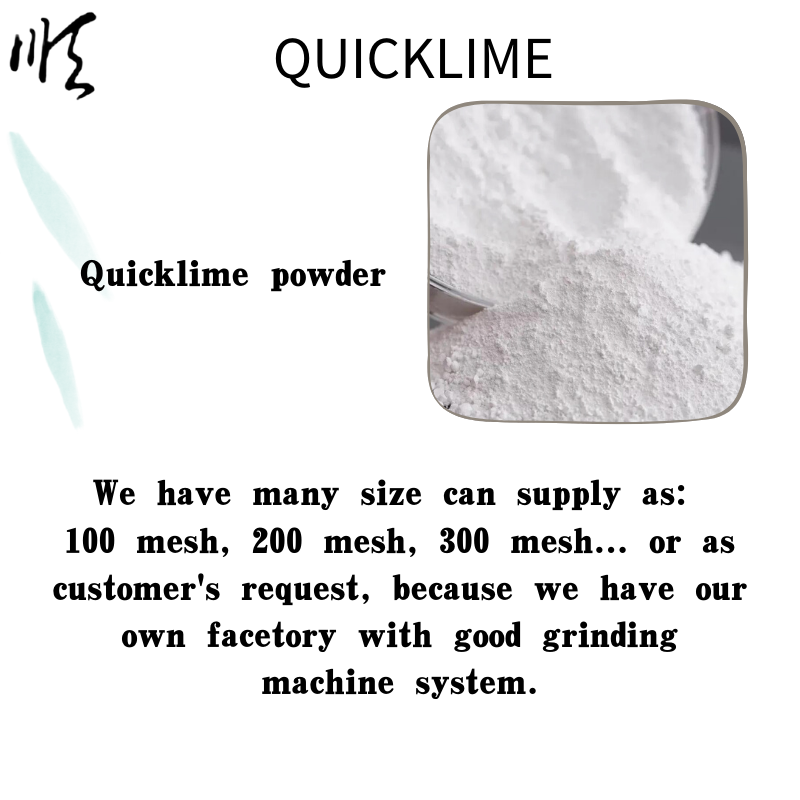
Understanding the Properties and Applications of Ferric Oxide Pigments in Various Industries
The Role of Ferric Oxide Pigments in Modern Applications
Ferric oxide pigments, commonly referred to as iron oxide pigments, are extensively used in a variety of applications due to their unique properties. These pigments are derived from iron oxides, such as Fe2O3, and are known for their excellent stability, non-toxicity, and vibrant colors. This article explores the various applications of ferric oxide pigments, their environmental benefits, and innovations driving the industry.
Understanding Ferric Oxide Pigments
Ferric oxide pigments can be categorized into several types based on their color properties. The most prominent colors include red, yellow, black, and brown. Red iron oxide (Fe2O3) is celebrated for its rich, warm tone, and is commonly used in paints, coatings, and construction materials. Yellow iron oxide (FeO(OH)) offers a bright, sunny color suitable for various applications, while black iron oxide pigments (Fe3O4) provide depth and elegance to products.
These pigments are favored in many industries due to their durability and resistance to fading. Unlike organic pigments, which may degrade over time, ferric oxide pigments retain their color quality even when exposed to harsh environmental conditions such as UV light, temperature variations, and chemical agents.
Applications in Coatings and Paints
One of the primary applications of ferric oxide pigments is in the coatings and paints industry. Their excellent covering power and stability make them ideal for both interior and exterior applications. Paints formulated with iron oxide pigments exhibit superior adhesion, making them suitable for diverse surfaces, including metal, wood, and concrete. Furthermore, their non-toxic nature is appealing for residential applications, where safety is a primary concern.
Beyond aesthetics, ferric oxide pigments contribute to the protective qualities of paints. They can help prevent corrosion, especially in metal structures. The use of these pigments is vital in the automotive industry, where both functionality and appearance matter. Automotive paints containing ferric oxide pigments often have a longer lifespan and maintain their vibrancy even under challenging conditions.
ferric oxide pigment

Use in Construction Materials
In the construction sector, ferric oxide pigments play a crucial role in the production of colored concrete and masonry. Their ability to blend seamlessly with cement allows for the creation of aesthetically appealing structures in a range of colors. Ferric oxide pigments enhance not only the appearance but also the performance of concrete. They can help reduce the need for additional surface treatments or coatings, which further contributes to sustainability.
Moreover, these pigments are frequently used in roofing materials, paving stones, and cements, providing integral color that resists fading over time. This aspect is particularly important for architectural designs, where color consistency is paramount for aesthetic integrity.
Innovations and Sustainability
With rising concerns regarding environmental impact, the demand for sustainable materials has surged. Ferric oxide pigments are naturally derived and non-toxic, making them an environmentally friendly choice compared to synthetic alternatives. Manufacturers are continually innovating to produce synthetic ferric oxide pigments using sustainable methods that reduce energy consumption and environmental impact.
Additionally, advancements in nanotechnology have led to the development of specialized iron oxide pigments with improved performance characteristics. These nanoparticles can enhance color strength, reduce the amount of pigment needed, and improve the efficiency of the products they are applied in.
Conclusion
Ferric oxide pigments are integral to multiple industries, offering not just vivid colors but also durability and environmental benefits. Their applications in coatings, paints, and construction materials showcase their versatility and importance. As manufacturers continue to innovate in the field of extraction and production, ferric oxide pigments will likely remain a cornerstone of the pigment industry. With their non-toxic nature and sustainable characteristics, these pigments stand at the forefront of eco-friendly practices, meeting both aesthetic and functional needs in our environment. As we move toward a more sustainable future, embracing materials like ferric oxide pigments will be crucial in achieving our goals.
Share
-
Premium Pigment Supplier Custom Solutions & Bulk OrdersNewsMay.30,2025
-
Top China Slag Fly Ash Manufacturer OEM Factory SolutionsNewsMay.30,2025
-
Natural Lava Rock & Pumice for Landscaping Durable Volcanic SolutionsNewsMay.30,2025
-
Custom Micro Silica Fume Powder Manufacturers High-Purity SolutionsNewsMay.29,2025
-
Custom Mica Powder Pigment Manufacturers Vibrant Colors & Bulk OrdersNewsMay.29,2025
-
Custom Micro Silica Fume Powder Manufacturers Premium QualityNewsMay.29,2025






